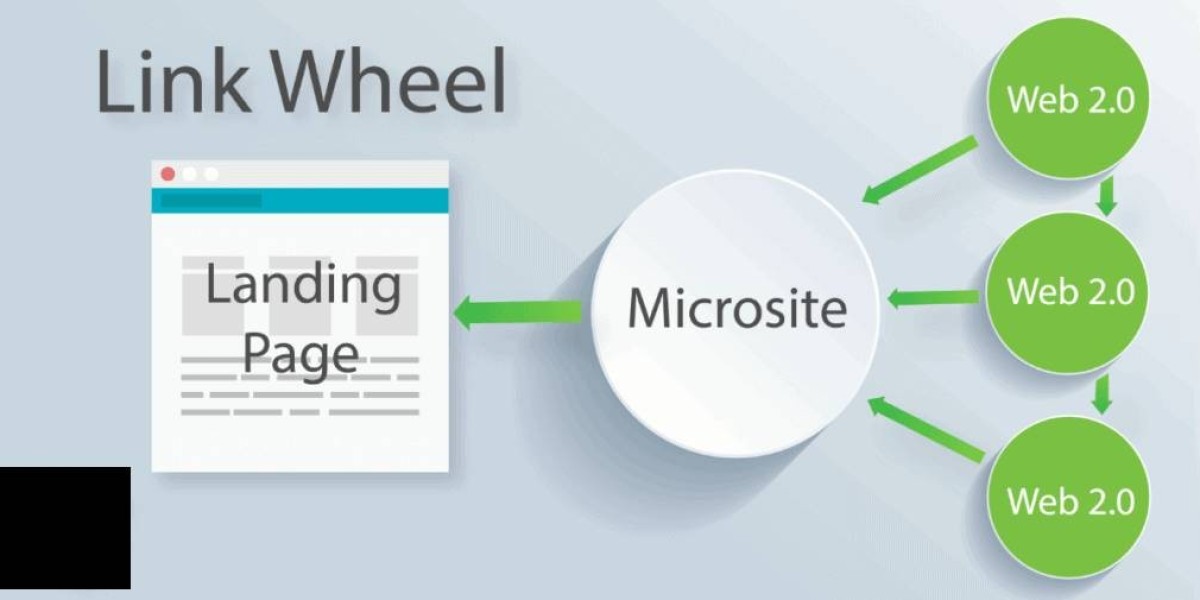In the competitive world of online retail, simply having an e-commerce store is not enough. To attract more customers and boost sales, you need to implement effective E-commerce SEO strategies. Optimizing your store for search engines ensures that your products appear in front of the right audience, leading to increased visibility, traffic, and conversions. In this guide, we’ll walk you through key steps to Optimize Your Online Store for maximum sales and growth.
Why E-commerce SEO Matters
With millions of online stores vying for attention, ranking higher on search engines like Google is crucial. E-commerce SEO offers several benefits:
Increased Organic Traffic: Higher rankings lead to more potential customers finding your store.
Better User Experience: Optimized websites load faster and provide a seamless browsing experience.
Higher Conversion Rates: Visitors who find your store through search engines are more likely to make a purchase.
Long-Term Growth: Unlike paid ads, SEO provides sustainable results over time.
Key Strategies to Optimize Your Online Store for More Sales
1. Conduct Keyword Research
To drive targeted traffic, you need to use the right keywords. Focus on:
Transactional Keywords: Keywords with high buying intent, such as “buy running shoes online.”
Long-Tail Keywords: More specific phrases that capture intent, like “affordable organic skincare products.”
Product-Specific Keywords: Optimize product pages with relevant keywords for better rankings.
Tools like Google Keyword Planner, Ahrefs, and SEMrush can help identify the best keywords for your niche.
2. Optimize Product Pages
Each product page should be fully optimized for search engines and users. Here’s how:
Title Tags & Meta Descriptions: Include the main keyword naturally.
High-Quality Product Images: Use alt text with keywords.
Compelling Product Descriptions: Write unique, keyword-rich descriptions that highlight features and benefits.
Schema Markup: Implement structured data to enhance search visibility with rich snippets.
3. Improve Site Speed and Mobile-Friendliness
Google prioritizes fast and mobile-friendly websites. Enhance your store’s performance by:
Using a responsive design that adapts to all devices.
Compressing images to reduce load times.
Leveraging browser caching and a content delivery network (CDN).
4. Create SEO-Friendly URLs
Avoid lengthy, unclear URLs. Instead, use clean and descriptive URLs: Bad URL: www.example.com/product?id=12345 Good URL: www.example.com/best-wireless-headphones
5. Enhance Internal Linking
Link relevant products, categories, and blog posts to guide users and improve site structure. For example, a product page for “running shoes” can link to a blog post on “Top Running Shoes for 2025.”
6. Leverage Content Marketing
Regularly publishing valuable content helps improve your store’s SEO. Consider:
Blog posts on industry trends and product guides.
How-to articles that solve customer pain points.
Video content demonstrating product usage and benefits.
7. Optimize for Local SEO
If you have a physical store or cater to specific regions, optimize for local SEO:
List your business on Google My Business.
Use location-based keywords (e.g., “best laptop store in Austin”).
Get customer reviews and ratings to boost credibility.
8. Implement Technical SEO Best Practices
Technical SEO ensures your store is easy for search engines to crawl and index. Key aspects include:
XML Sitemaps: Help search engines find your pages.
Robots.txt: Manage which pages search engines can access.
Fix Broken Links: Ensure all internal and external links work properly.
9. Gain High-Quality Backlinks
Backlinks from authoritative sites improve your store’s ranking. To earn quality links:
Collaborate with Influencers and bloggers.
Submit guest posts on industry-related websites.
List your store in reputable online directories.
10. Monitor and Improve SEO Performance
Track your E-commerce SEO success using tools like Google Analytics and Google Search Console. Key metrics to monitor include:
Organic traffic growth
Bounce rate and time on site
Conversion rates from search traffic
How AeroxDigital Can Help
At AeroxDigital, we specialize in E-commerce SEO strategies designed to help online stores rank higher, attract more customers, and increase sales. Our team of experts implements data-driven techniques to ensure your store stays ahead of the competition. Whether you need keyword research, technical SEO improvements, or content marketing, we’ve got you covered.
Conclusion
Optimizing your online store for search engines is essential for driving organic traffic and increasing sales. By focusing on E-commerce SEO best practices—such as keyword research, product page optimization, content marketing, and technical SEO—you can create a seamless shopping experience that attracts and retains customers. If you’re ready to take your e-commerce business to the next level, AeroxDigital is here to help with expert SEO solutions tailored to your needs.








